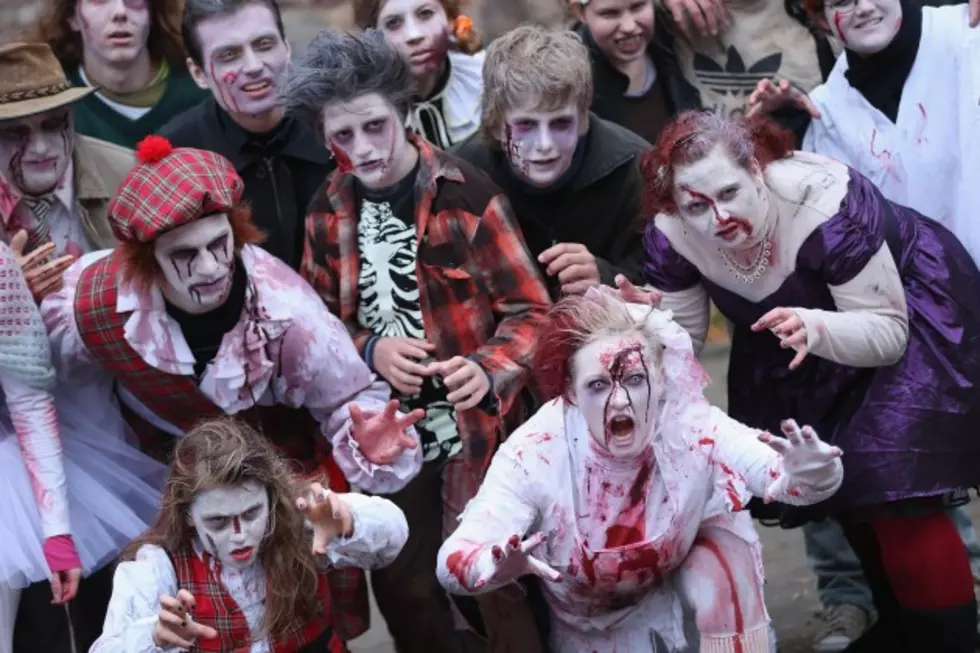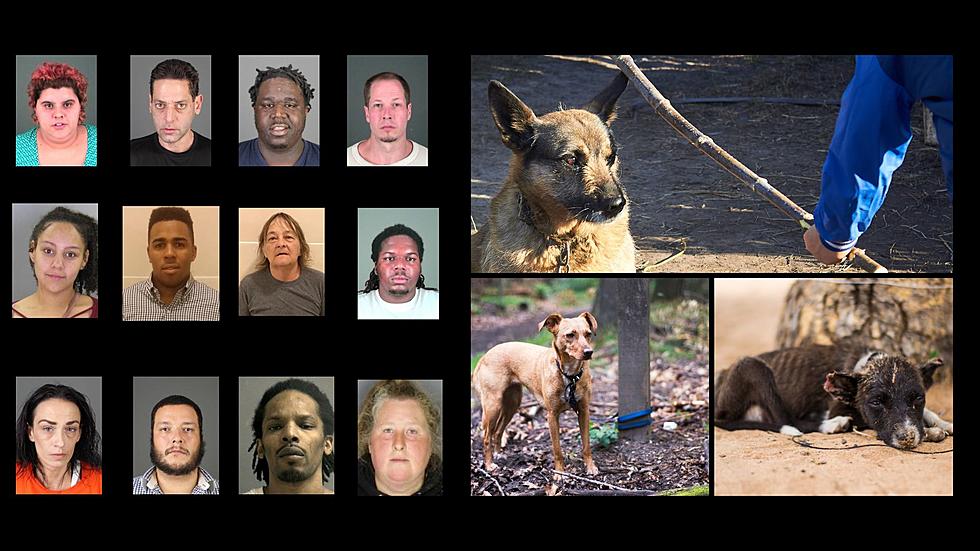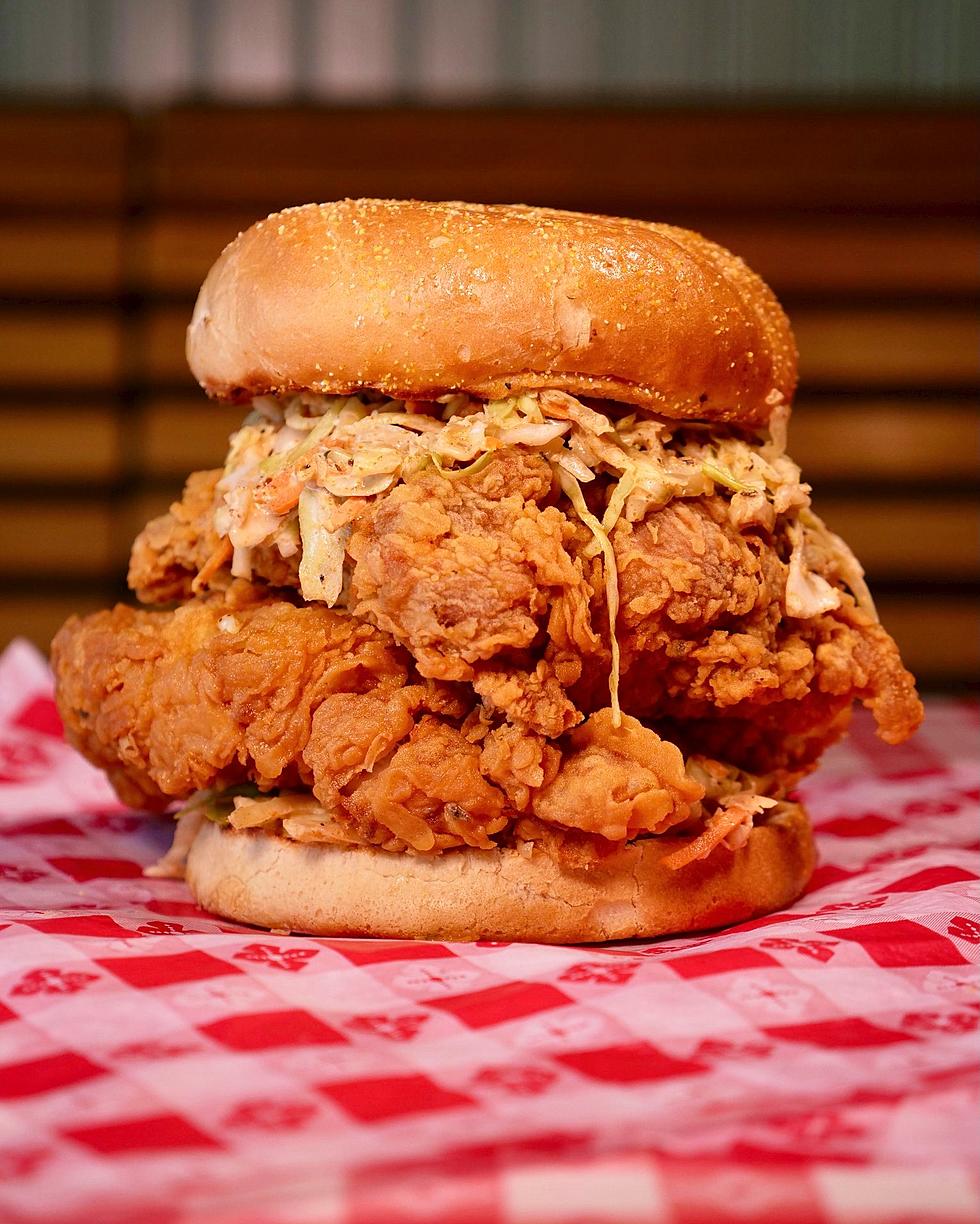
Halloween’s Strange Origins — 5 Things You Might Not Know
These days Halloween is all Naughty This and Sexy That, but the roots of our spookiest holiday's traditions—from pumpkins to trick-or-treating—run deep, their origins reaching back thousands of years to pre-Christian pagan festivals and superstitions. These quirky bits of trivia about the history of Halloween should help you better appreciate all the ghouls and witches wandering about (and your hoard of candy):
Halloween’s Irish Roots
The roots of Halloween stretch back to Europe, Ireland and pagan Gaelic harvest festivals — most notably the Celtic festival known as Samhain, which marked the end of the harvest season and the coming of winter. During the celebrations, spirit creatures like fairies and the souls of the departed could enter the realm of the living. Sometimes the arrival of these ethereal beings would be a blessing, but sometimes these trickster spirits would cause mounds of trouble for folks made out of flesh and blood. Either way, Samhain was an important holiday, but also a time when a person had to be on his or her guard.
Food Instead of Sugary Treats
Modern day trick-or-treating comes from the Celtic custom of dressing up as spirits in order to placate the dead, or copying their guise in an attempt to avoid detection from the various souls wandering about. In Celtic lands, poor people would go door to door and receive food from better-off neighbors on All Souls Day (Nov. 2) by offering to pray for their dead. This was called “souling.”
Immigrants to America and Canada kept these traditions alive, and in the early 1900s, “ritual pleading” for food transformed into trick-or-treating. As the decades passed, the advent of modern, American style Halloween came into being.
Jack and Jack-o'-Lanterns
Irish folklore has it that jack-o'-lanterns got their start with an extremely miserly chap who went by the name of Stingy Jack. This crafty fellow fooled the devil on numerous occasions and, as a result, his soul was condemned to hang about Earth for all eternity. Jack, barred from both heaven and hell, put the burning ember given to him by Beelzebub into the very first “jack-o-lantern,” in order to ward off any more encounters with the Evil One.
Black and Orange
Black and orange are the international colors of Halloween. Black, of course, is a sign of death, gloom and the foreboding night, which are all associated with Halloween. Orange is a traditional emblem of fortitude, survival and power, which signify the harvest, and the colors of fall. Halloween is where death (winter) takes over from the life-giving fall harvest, hence the mixtures of black and orange come festival time.
Halloween’s Financial Success
Despite all of the spooky history surrounding Halloween (or, perhaps, because of it?), it is, in fact, an incredibly successful holiday. Commercially speaking, only Christmas rakes in more dough. North Americans will spend billions of dollars on costumes, treats, party supplies and decorations this year. Need a short-term economic stimulus? Well, thank the souls of the dead for giving us a reason to celebrate (or fear), and spend our hard-earned cash during All Hallows' Eve.
More From 107.7 WGNA









